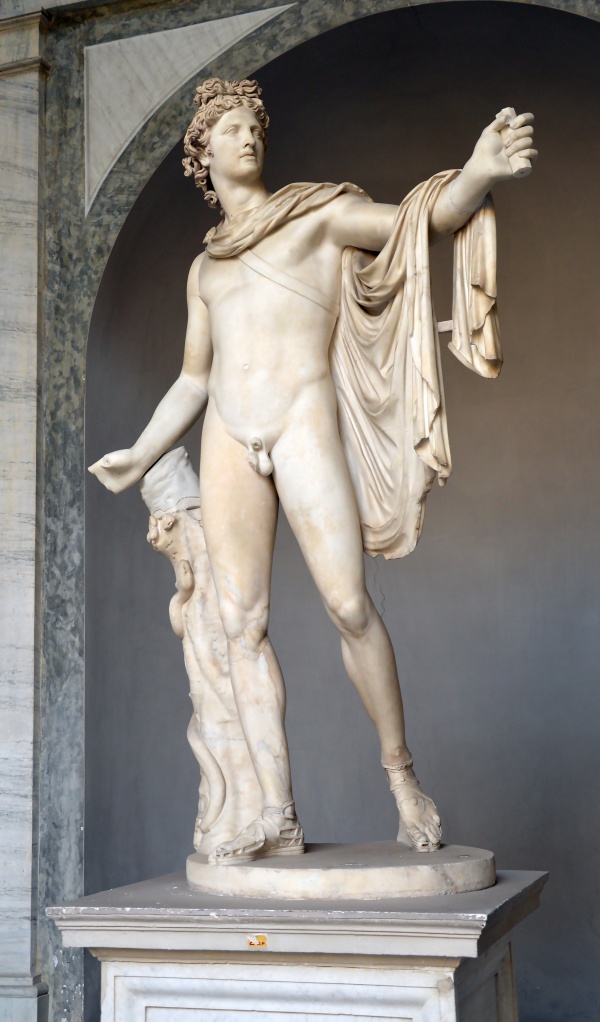Facts About Apollo Belvedere
The "Apollo Belvedere" is a renowned marble statue from Classical Antiquity, believed to be an original Roman creation dating from around 120-140 AD. Rediscovered in central Italy during the Renaissance, it has been displayed in the Vatican Palace since 1511. The statue represents the Greek god Apollo as an archer, with some theories suggesting he has just triumphed over the serpent Python or the giant Tityos.
Standing at 2.24 meters tall, the sculpture exhibits a dynamic contrapposto pose, accentuating Apollo's muscularity and sense of movement. Missing parts were meticulously restored by Giovanni Angelo Montorsoli in the 16th century. Over time, the "Apollo Belvedere" has been lauded for its aesthetic beauty, becoming a symbol of artistic excellence in Europe and the Western world.
During the Renaissance, the statue captivated artists and scholars, leading to numerous copies and adaptations by esteemed figures such as Albrecht Dürer and Antonio Canova. In the 18th century, it was championed by Johann Joachim Winckelmann and came to embody the ideals of neoclassicism and the Enlightenment. Its influence persisted into the 19th and 20th centuries, inspiring countless artists and writers.
Although its critical acclaim diminished in the 20th century, resulting in a period of neglect, the "Apollo Belvedere" still maintains a significant place in art and culture. Its impact is evident in various artistic forms, including painting, literature, and other sculptures.

 Vatican
Vatican